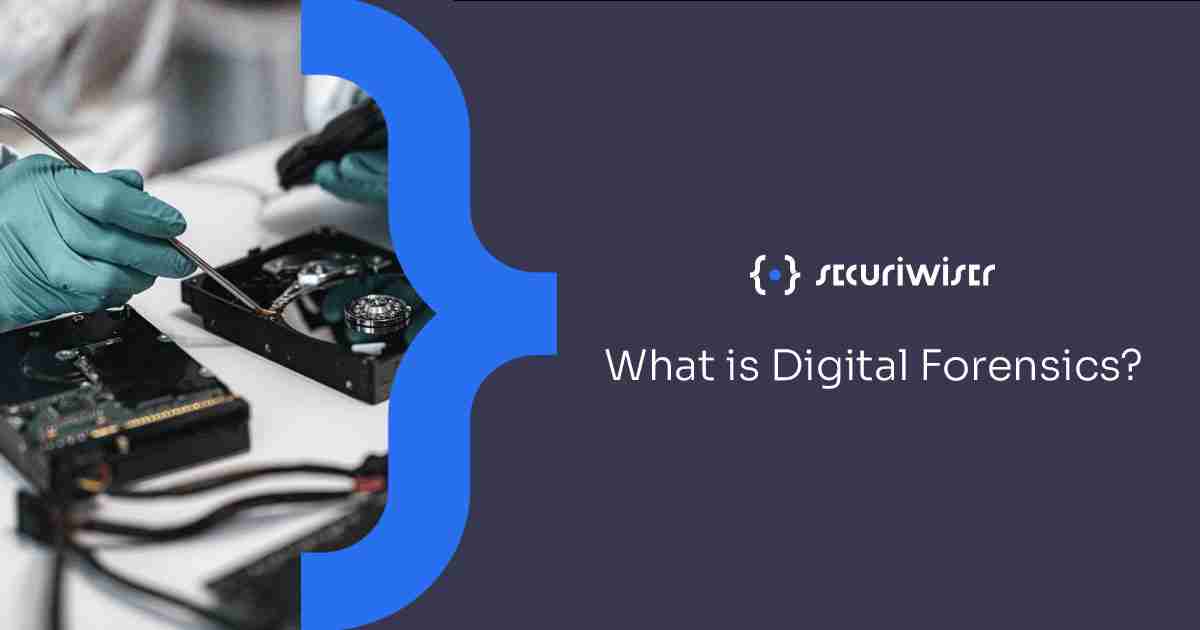What is Digital Forensics?
Blog / What is Digital Forensics?
2 MIN READ


What is Digital Forensics?
Digital forensics, sometimes called computer forensics or cyber forensics, is a branch of digital science that applies investigation and analysis techniques to gather and preserve evidence from a computing device. This is done in a way which is suitable for presenting the evidence in a court of law.
Forensic teams analyse and preserve the digital evidence and use it to help them investigate crimes related to technology. Forensic data experts will be able to help determine how an attack took place, what the damage was, and in some cases who the perpetrator was.
What can Digital Forensics do for businesses?
Businesses could benefit from digital forensic tools for multiple reasons, for example:
- Identifying risks that could be exploited
- Protection from insider threats
- Reducing the risk of identity theft and fraud
- Aiding in the collection of evidence for investigations
- Preventing data loss
Why is Digital Forensics so important?
Not only does digital forensics allow cyber security organisations to develop technologies that can prevent hackers from accessing devices, websites and networks but can lead businesses in the direction of understanding exactly what data is compromised. Digital forensics experts are able to explore networks and probe security event logs, network traffic, and access credentials to offer closure on a cyber attack.
What is the process of a Digital Forensics Investigation?
The Digital Forensics Process can be broken down into 5 stages:
- Identification - This stage establishes the scope of an investigation and outlines the goals and objectives that need to be met. Identifying evidence that needs to be collected and the devices used will help guide the investigation.
- Preservation - Precautions are taken to ensure as much digital evidence as possible is preserved on the affected network. Preservation is usually performed in the form of an image backup file. It is of vital importance to us imaging software which utilizes “write blockers” to ensure no additional digital footprints are left by the forensic examiner.
- Analysis - Data and digital artefacts are collected throughout the investigation and then analysed and pieced together to uncover what happened during the cyber attack. Forensics investigators dig into the incident in order to create a timeline of events.
- Documentation - At this stage all of the evidence is collected and recorded as it pertains to the cyber crime at hand. The documentation only contains the most critical information needed to make an accurate conclusion. The findings will be prepared in a professional manner for use of presentation in a court of law.
- Presentation - This is the most important step of an investigation. Forensic investigators will state what happened during the attack and present their findings in a way that can be understood by everyone. This is important as the findings may be used for internal investigations businesses following the cyber attack.
How can Securiwiser Help your company?
Securiwiser can help your business by identifying risks to your network before hackers have a chance to exploit them. A full report analysing your vulnerabilities will be sent to you if any are found and Securiwiser will run continuously, twenty-four-seven, to monitor the security posture of your business.
Previous Article
A Guide to Online Protection Using VPNHow secure is
your business?
Blog categories
How secure is
your business?